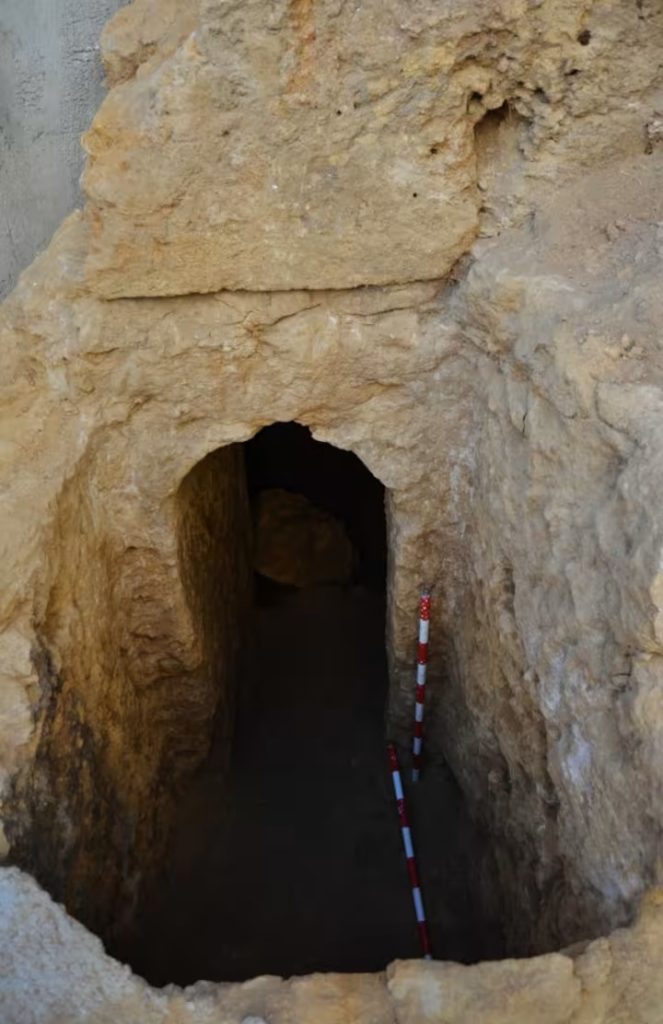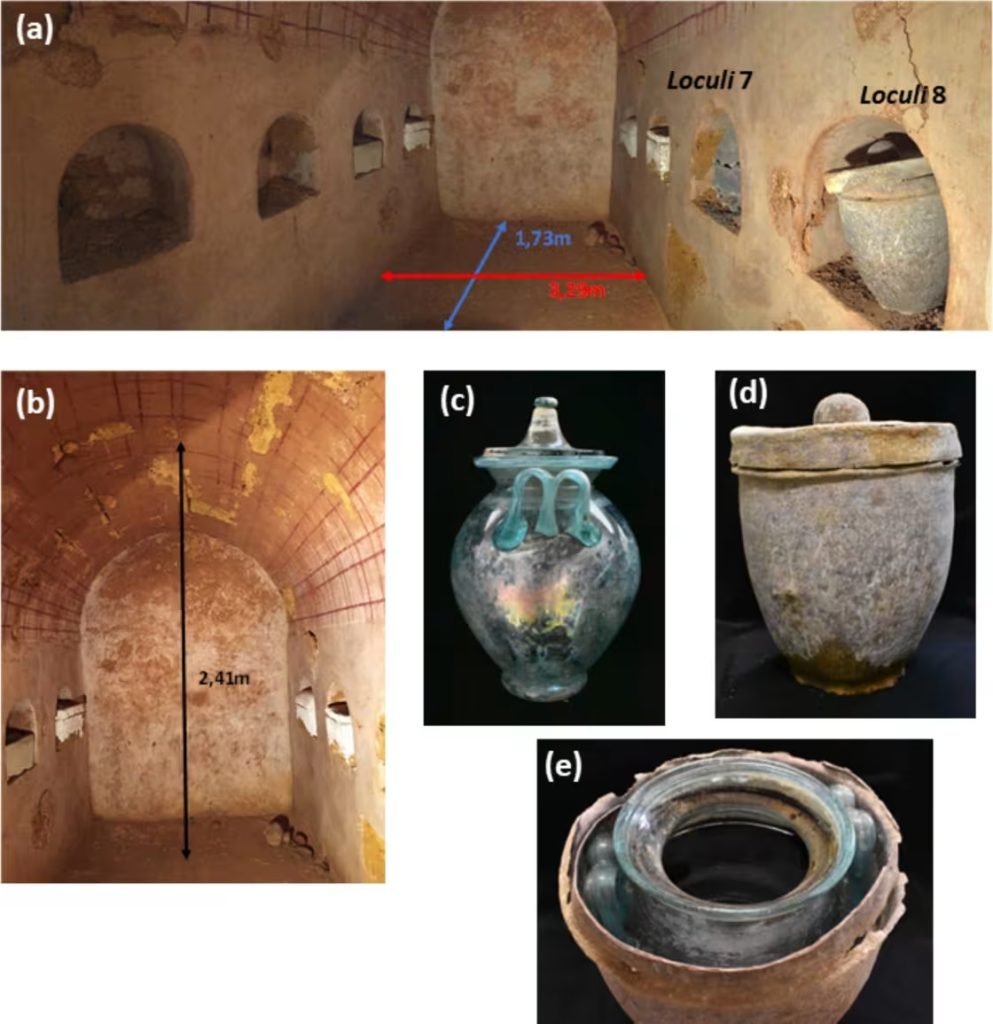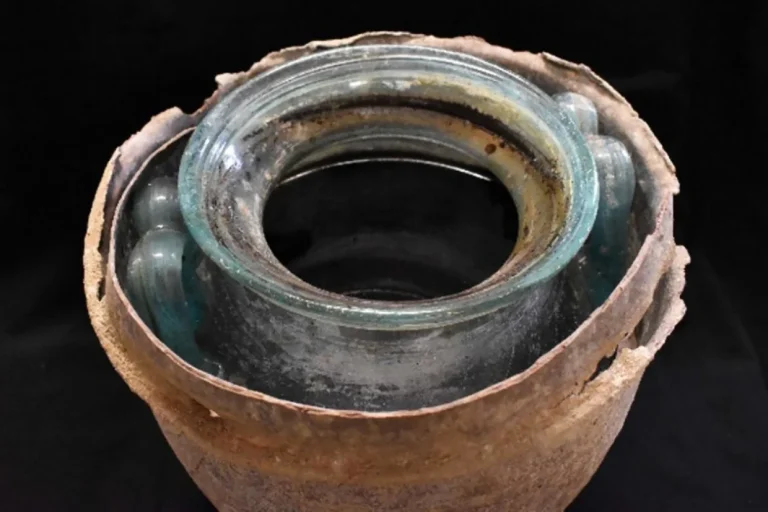New analysis published this week revealed that despite its reddish appearance, chemical testing confirmed “the wine within the urn was white.
The discovery of the world’s oldest wine at a Roman burial site in Carmona, Spain, unveils a remarkable tale of preservation and ancient ritual. For over two millennia, this wine has been entombed within a glass funeral urn alongside the cremated remains of a man and a gold ring, nestled within an ancient mausoleum. Published recently in the Journal of Archaeological Science: Reports by a team led from the University of Córdoba, the findings shed light on an exceptional archaeological find.
Juan Manuel Román, one of the researchers involved, expressed initial surprise at finding liquid preserved within the funerary urn. The tomb’s impeccable preservation conditions, he noted, were pivotal, maintaining the wine’s natural state over centuries. Despite its reddish appearance, chemical analysis conducted by the team definitively established that the wine housed in the urn was white, a revelation that adds to the intrigue surrounding this ancient discovery.

While the precise origin of the wine remains elusive, the mineral profile of the liquid closely resembles that of contemporary sherry wines from Jerez, situated approximately 75 miles south of Carmona. This resemblance hints at potential connections to the viticulture practices of the region during ancient Roman times.
Previously, it was believed that the oldest preserved wine in liquid form came from a Speyer wine bottle unearthed in a German Roman tomb dating to A.D. 325-350. However, this assumption lacked verification through chemical analysis, unlike the Spanish urn’s wine.
The urn, sealed within its tomb since the first century, came to light in 2019 when a family discovered a submerged tomb during renovations to their home. The subsequent revelation that a crystal bottle within one of the urns contained a 2,000-year-old patchouli-scented perfume captured international attention the following year.
Described as a circular mausoleum, the tomb likely belonged to a wealthy family, housing eight burial niches, six of which contained urns. Two niches were inscribed with the names “Hispanae” and “Senicio,” providing glimpses into the identities of the deceased.
The significance of wine in ancient Roman religious and burial rituals underscores its presence alongside the deceased. Vessels like those originally holding wine were customary in burial settings, reflecting the symbolic importance of wine in Roman culture.
Accompanying the wine were artifacts like rings and perfume, intended to accompany the deceased into the afterlife. The University of Córdoba’s news release highlights how death held special significance in ancient Roman society, with individuals seeking remembrance even in death.

The immersion of the man’s skeletal remains in wine, noted in the release, underscores the cultural context where wine was primarily considered a beverage for men, with women traditionally excluded from its consumption.
The discovery in Carmona not only enriches our understanding of ancient Roman burial practices but also provides a tangible link to the past through a remarkably preserved artifact. It serves as a testament to the enduring allure of wine, bridging centuries and cultures in its journey from ancient ritual to modern archaeological revelation.

